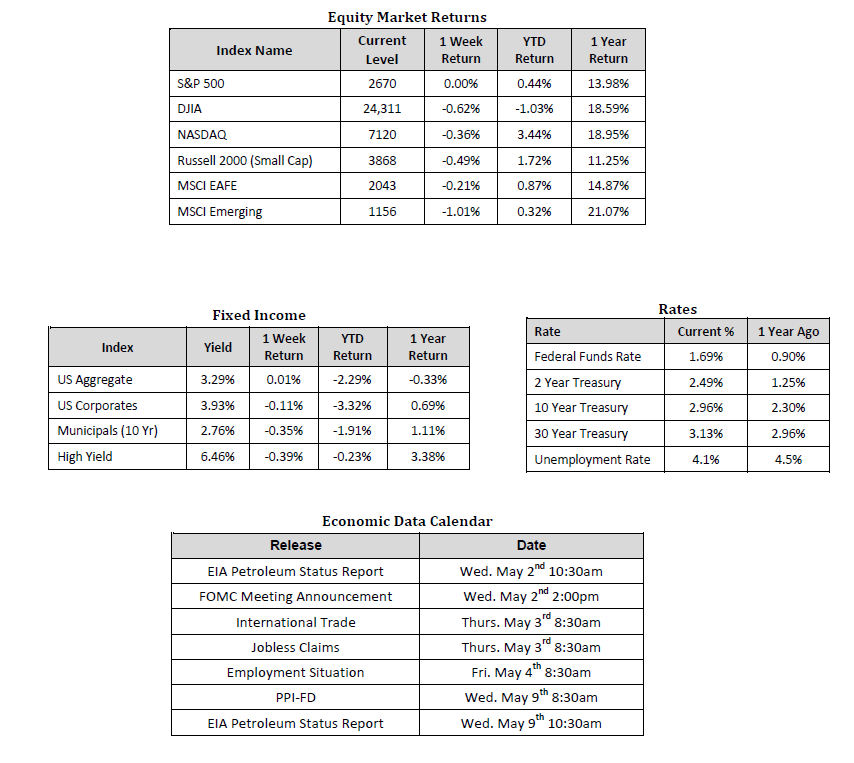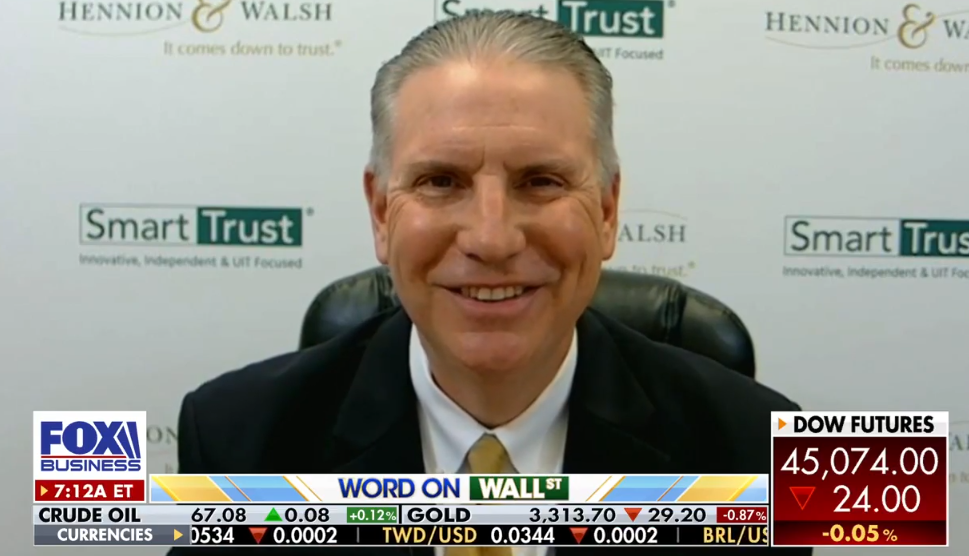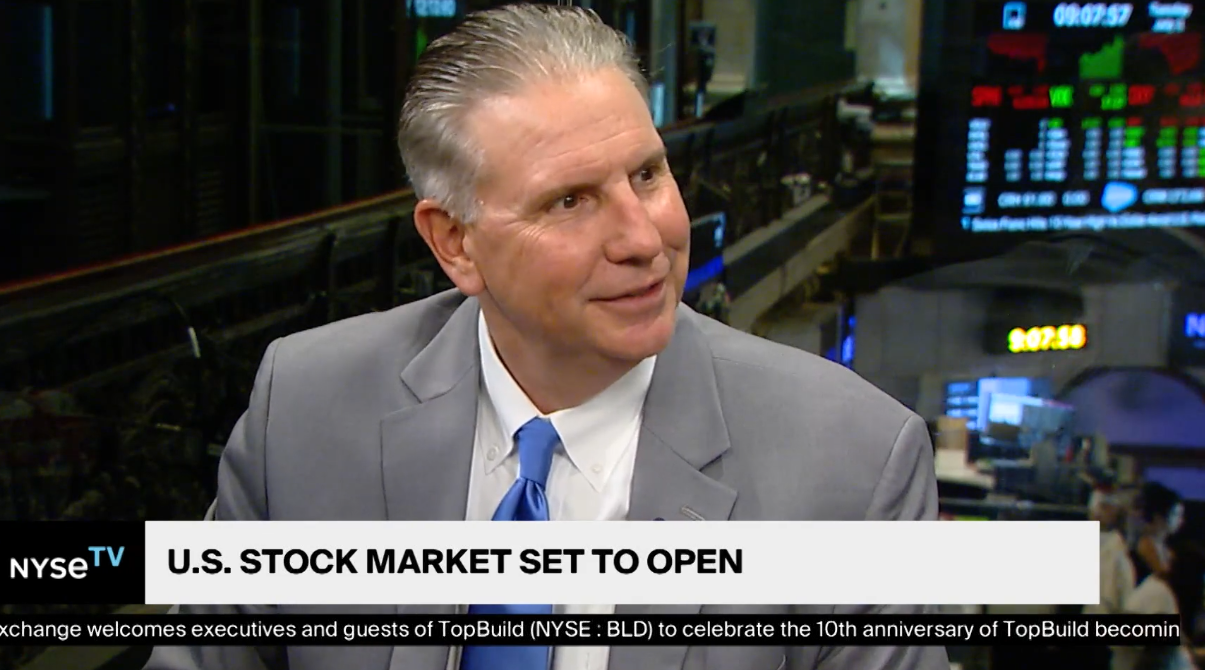
Investors Weigh Strong Earnings along with Geopolitical Risks
Market Overview

Sources: Sources for data in tables: Equity Market and Fixed Income returns are from JP Morgan as of 04/27/18. Rates and Economic Calendar Data from Bloomberg as of 05/01/18. International developed markets measured by the MSCI EAFE Index, emerging markets measured by the MSCI EM Index. Sector performance is measured using GICS methodology.
Happening Now
Markets have taken a stubborn stance in a week defined by predominantly positive economic news, continued upside earnings surprises from U.S. equities, and a meaningful decrease in volatility levels. Over the past week the S&P 500 index was unchanged, while the Russell Midcap Index gave up 0.08% and the Russell 2000 Index, a measure of the Nation’s smallest publicly traded firms, declined by 0.49%. On the international front, developed markets retreated 0.25% last week while emerging markets finished the week down 1.01%. After weeks of observing contradictory movements in the yield on the 10 year U.S. Treasury and the U.S. Dollar, a relationship that has exhibited a positive correlation historically, the Dollar now appears to be making its best attempt to catch-up. The yield on 10 year U.S. treasuries was unchanged from the prior week at a level of 2.96%, while the U.S. Dollar increased 1.47%.
We remain constructive on the current economic environment, and while we continue to contend that 2018 will be a positive year for global economic growth, we are watching two geopolitical events closely. The first being on-going negotiations between North and South Korea, shepherded by the United States. Following Kim Jong-un’s landmark visit to South Korea, negotiations appear to have been a success with major Asian markets rising on the hope that North Korea will abandon its pursuit of a nuclear weapons program. While we are optimistic regarding the prospect of a denuclearized Korean peninsula, history reminds us that we should exercise caution and prepare for all eventualities.
The second geopolitical event presenting increased risk to global markets is the potential reimposition of sanctions on Iran, which looks increasingly more likely following Israeli Prime Minister Benjamin Netanyahu’s claim that Iran has secretly maintained plans to develop a nuclear weapons program. Commodities markets and oil in particular, have historically been priced based off of supply and demand. This is why OPEC has largely succeeded in dictating oil prices for decades. Currently WTI Oil stands at $68.10 per barrel, and Brent Oil registers at $74.64 per barrel. If Iran is disallowed from further distributing oil to the international community, oil supply would decrease steeply, and prices could subsequently reach $80 to $85 per barrel. Oil prices holding firmly at $85 per barrel for a sustained period of time could translate to elevated inflation levels, leading potentially to a larger increase in interest rates than anticipated. Fortunately U.S. energy production continues to grow in size and scope, and should partially dilute some of the negative consequences of high oil prices through increased supply of domestic energy sources (i.e. oil and natural gas).
Despite these concerns, we find solace in reported S&P earnings for the 1st quarter of 2018, which have been spectacular thus far and continue to beat high expectations. Following a mandatory post earnings black-out period, we expect some increased buybacks, along with an accommodative Real Federal Funds Rate that remains near 0%, to fuel further growth in domestic equity markets. With that said, portfolio diversification becomes increasingly important in times of heightened uncertainty, and we encourage investors to revisit the diversification that may or may not be in place within their existing portfolios.
Important Information and Disclaimers
Disclosures: Hennion & Walsh is the sponsor of SmartTrust® Unit Investment Trusts (UITs). For more information on SmartTrust® UITs, please visit www.smarttrustuit.com. The overview above is for informational purposes and is not an offer to sell or a solicitation of an offer to buy any SmartTrust® UITs. Investors should consider the Trust’s investment objective, risks, charges and expenses carefully before investing. The prospectus contains this and other information relevant to an investment in the Trust and investors should read the prospectus carefully before they invest.
Investing in foreign securities presents certain risks not associated with domestic investments, such as currency fluctuation, political and economic instability, and different accounting standards. This may result in greater share price volatility. These risks are heightened in emerging markets.
There are special risks associated with an investment in real estate, including credit risk, interest rate fluctuations and the impact of varied economic conditions. Distributions from REIT investments are taxed at the owner’s tax bracket.
The prices of small company and mid cap stocks are generally more volatile than large company stocks. They often involve higher risks because smaller companies may lack the management expertise, financial resources, product diversification and competitive strengths to endure adverse economic conditions.
Investing in commodities is not suitable for all investors. Exposure to the commodities markets may subject an investment to greater share price volatility than an investment in traditional equity or debt securities. Investments in commodities may be affected by changes in overall market movements, commodity index volatility, changes in interest rates or factors affecting a particular industry or commodity.
Products that invest in commodities may employ more complex strategies which may expose investors to additional risks.
Investing in fixed income securities involves certain risks such as market risk if sold prior to maturity and credit risk especially if investing in high yield bonds, which have lower ratings and are subject to greater volatility. All fixed income investments may be worth less than original cost upon redemption or maturity. Bond Prices fluctuate inversely to changes in interest rates. Therefore, a general rise in interest rates can result in the decline of the value of your investment.
Definitions
MSCI- EAFE: The Morgan Stanley Capital International Europe, Australasia and Far East Index, a free float-adjusted market capitalization index that is designed to measure developed-market equity performance, excluding the United States and Canada.
MSCI-Emerging Markets: The Morgan Stanley Capital International Emerging Market Index, is a free float-adjusted market capitalization index that is designed to measure the performance of global emerging markets of about 25 emerging economies.
Russell 3000: The Russell 3000 measures the performance of the 3000 largest US companies based on total market capitalization and represents about 98% of the investible US Equity market.
ML BOFA US Corp Mstr [Merill Lynch US Corporate Master]: The Merrill Lynch Corporate Master Market Index is a statistical composite tracking the performance of the entire US corporate bond market over time.
ML Muni Master [Merill Lynch US Corporate Master]: The Merrill Lynch Municipal Bond Master Index is a broad measure of the municipal fixed income market.
Investors cannot directly purchase any index.
LIBOR, London Interbank Offered Rate, is the rate of interest at which banks offer to lend money to one another in the wholesale money markets in London.
The Dow Jones Industrial Average is an unweighted index of 30 “blue-chip” industrial U.S. stocks.
The S&P Midcap 400 Index is a capitalization-weighted index measuring the performance of the mid-range sector of the U.S. stock market, and represents approximately 7% of the total market value of U.S. equities. Companies in the Index fall between S&P 500 Index and the S&P SmallCap 600 Index in size: between $1-4 billion.
DJ Equity REIT Index represents all publicly traded real estate investment trusts in the Dow Jones U.S. stock universe classified as Equity REITs according to the S&P Dow Jones Indices REIT Industry Classification Hierarchy. These companies are REITs that primarily own and operate income-producing real estate.



